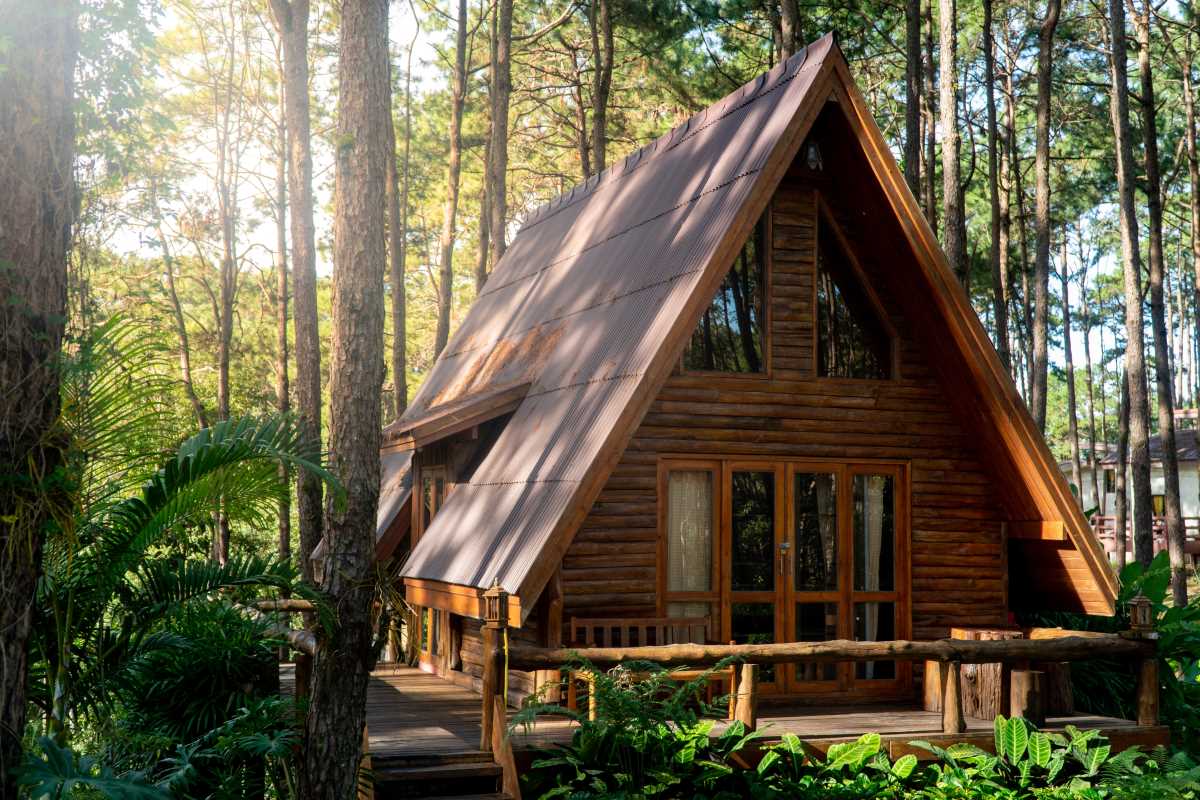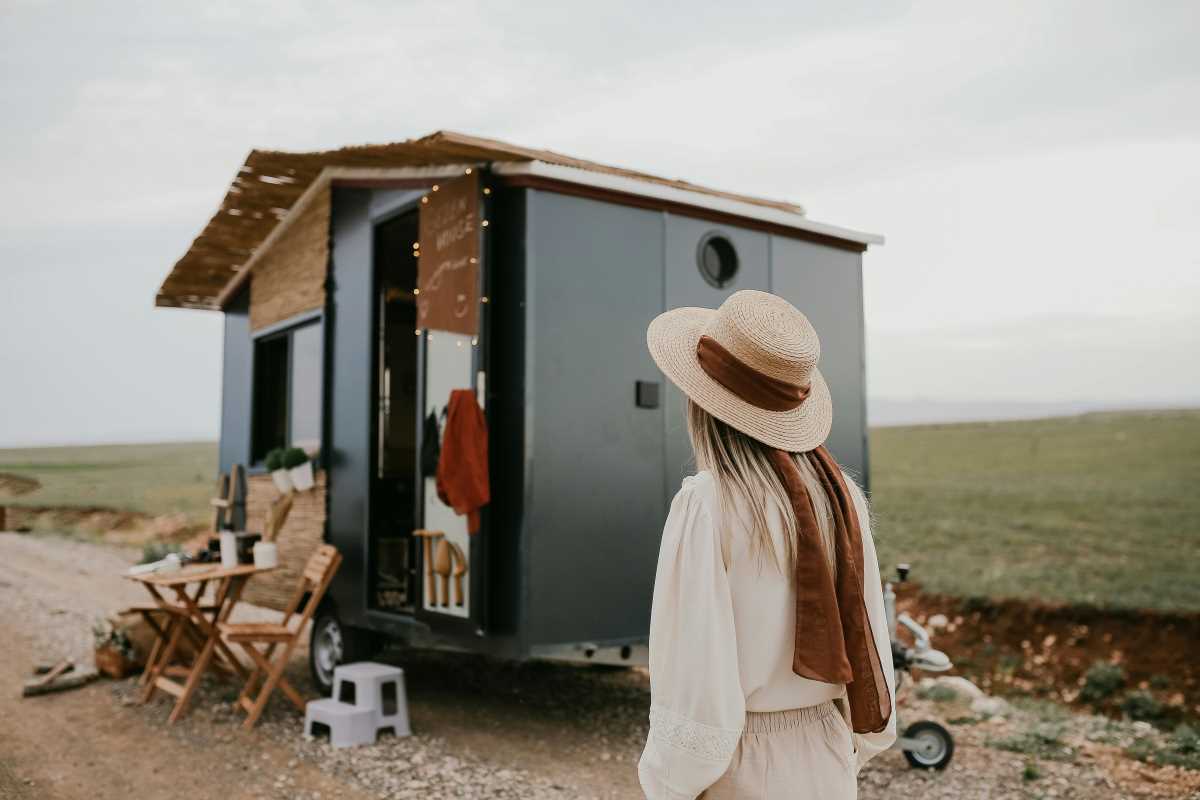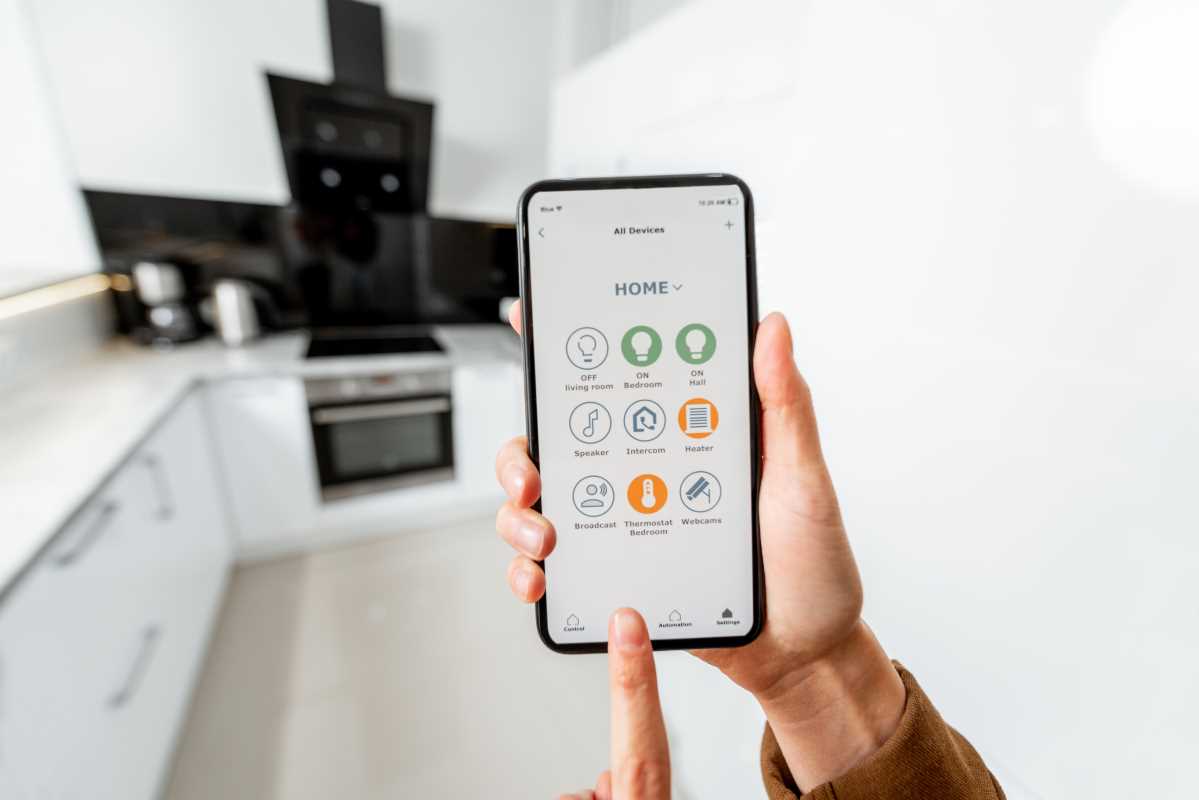Many people who work remotely are leaving crowded cities behind in search of calm surroundings, cleaner air, and a gentler rhythm of daily life. Country towns and rural regions welcome newcomers with the chance to blend professional responsibilities and personal fulfillment, all while forming genuine relationships with locals and enjoying the beauty of nature. Creating a supportive group of remote workers in these quieter places brings both rewards and challenges that differ from urban environments. This guide offers clear, practical advice for connecting with others, forming lasting bonds, and making the most of life and work outside the city, all while respecting the unique character of rural communities.
Many remote workers seek surroundings that balance connectivity with natural beauty. Establishing connections, sharing resources, and organizing regular meet-ups can help digital nomads feel at home no matter where they settle. With attention to local strengths and a willingness to work together, forming a strong community in rural areas can become a reality.
How to Choose the Right Rural Location
Selecting the perfect spot requires careful thought about several factors that ensure comfort and functionality. When looking at rural areas, check for basic amenities, a sense of security, and reliable technology infrastructure. Each location brings its own flavor of community and landscape, so weighing these factors can make all the difference.
Keep these points in mind during your evaluation:
- Reliable internet service along with backup solutions.
- Adequate healthcare, restaurants, and cafes that serve as casual workspaces.
- Low crime rates and a welcoming environment among locals.
- Access to transportation and proximity to larger towns if needed.
- Diverse natural surroundings that promote a relaxed lifestyle.
How to Build an Inclusive and Supportive Community
Connecting remote workers in a meaningful way means making sure everyone feels welcome and included. It helps to develop clear guidelines, encourage transparency, and build trust among members. Simple gestures such as shared calendars, a common chat platform, or rotating responsibilities can go a long way.
Try these practical steps to ensure everyone contributes and benefits from the group:
- Create a group chat or online forum where ideas and issues can be discussed openly.
- Organize small meet-ups or “coffee hours” at local venues to encourage personal interaction.
- Set up a system of mentorship or buddy pairing to help new members get acclimated.
- Develop a calendar that highlights local events, work sessions, and social gatherings.
- Celebrate diverse cultural contributions by hosting theme nights or potlucks.
What Infrastructure and Resources Are Essential
Designing a setup that supports a digital nomad community includes ensuring that everyone can work effectively while also enjoying life. Cutting-edge workspaces, shared offices, and local businesses can play important roles.
Consider these aspects when planning the infrastructure:
- Establish co-working areas in local buildings or convert community centers into casual workspaces.
- Ensure that backup power solutions and stable internet remain priorities in planning.
- Promote local cafes and libraries as alternative workspaces for varied atmospheres.
- Set up information hubs where community news, tech support contacts, and job opportunities are shared.
- Encourage local entrepreneurs to offer discounts or perks to community members, connecting remote workers with local commerce.
How to Organize Events and Activities
Recreational activities and professional meet-ups spice up the routine of remote work. Finding a good balance between work and play can help community members break isolation and form lasting relationships while engaging in skill growth. Activities that use local culture and outdoor spaces add extra charm.
Explore these ideas for group events:
- Host weekend workshops on various digital skills or creative projects.
- Arrange outdoor adventures such as hiking, fishing trips, or community gardening days.
- Schedule regular dinners at local restaurants or communal cooking sessions at shared spaces.
- Hold networking afternoons in pleasant outdoor spots where members can share their projects.
- Coordinate volunteer opportunities to give back to the local community.
How to Promote Collaboration and Networking
Networking happens naturally when people share a common workspace and values. Maintain an open approach where everyone can suggest ideas or join new projects. Setting up an online forum dedicated to ongoing projects helps group members stay connected and share helpful resources without extra barriers.
Encourage team efforts by arranging meetings that focus on shared interests and professional growth. Invite experts from local universities or nearby cities to partake in short-term talks or hands-on sessions to inspire new ideas and cross-pollination of skills.
Addressing Common Challenges
Building a long-lasting community in rural locations sometimes presents obstacles that require creative solutions. Challenges such as limited internet speeds, seasonal isolation, or cultural differences demand proactive and thoughtful responses.
- Slow connectivity: Set up community assets like mobile hotspots or local server systems.
- Seasonal isolation: Plan enrichment activities during quieter months to boost engagement.
- Cultural differences: Celebrate varied backgrounds by organizing exchange nights or story-sharing sessions.
- Resource limitations: Collaborate with local officials to secure funding or support for community projects.
- Communication hiccups: Pick a primary communication channel and hold regular check-ins to address concerns.
This guide offers a blueprint to blend work and a rich social life in rural settings. The steps mentioned here, backed by local resources and creative planning, create a framework where remote workers design their own supportive corner of the countryside.
Begin your digital nomad network in a rural area by starting small and connecting genuinely. Enjoy a balanced life filled with shared experiences and meaningful relationships.
 (Image via
(Image via





